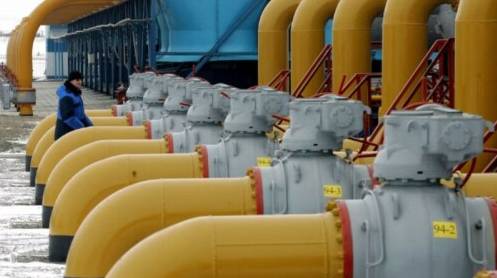Integrated diagnostics is a well-known term in the medical profession. A doctor’s role is to combine blood pressure, MRI scans, and clinical observations into a proper assessment of the patient’s condition and subsequently advise on treatment. For a proper diagnosis, it is essential to analyze all available data in an integral way. Ideally, the oil and gas industry’s approach to data should not be any different.
Large-scale data accumulation is becoming more common in shale development. However, the industry struggles with a data dilemma. On the one hand, operators know that they have to gather data to learn and improve. On the other hand, the learning and analysis require so much manpower that often the collected data are left unexplored. If the cost of analysis cannot be decreased substantially, one might wonder, “why collect data in the first place?” Reveal Energy Services, a company that specializes in pressure-based diagnostics, has been pioneering workflows and software that can swiftly integrate many data sources. Reveal has developed a novel, data interactions and data visualization platform that enables engineering teams to collaborate and gain significant insight into complex subsurface dynamics.
An Alberta Montney operator and Reveal looked back at a specific set of accumulated data to learn more about these subsurface dynamics, to make substantial progress in interzone communications and the impact of faults on fracture-driven interactions (FDIs). An understanding of these responses is not limited to increasing production only, but also to cost-saving by reducing excessive proppant and water.
In this study, production data, perf erosion data, fault/seismic data, and drilling log data are all integrated with offset pressure analysis to diagnose FDIs accurately and react on future pads, accordingly. This workflow is demonstrated, based on the Montney development of 23 child wells and 17 existing producers from four nearby pads.
PARENT WELL OFFSET PRESSURE ANALYSIS
To begin this diagnostic integration, it is important to understand the pressure responses seen on the existing producers. As each stage is completed on the surrounding child wells, the parent well may feel pressure responses deviating from the pressure buildup normally seen on a shut-in. These responses stem from three key mechanisms of interaction: 1) direct fluid communication; 2) indirect fluid communication/migration; and 3) undrained rock compression.
Direct fluid communication (also called frac hits) is when there is a direct, highly permeable pathway established between the child well and the offset well. This causes a relatively large and rapidly developing pressure response. In the case of fluid migration, the fluid pressure front moves from the child well through a network of fractures and faults with relatively low permeability, making the pressure response observed on the offset well gradual and delayed with respect to the treatment time. An undrained rock compression response relies on a distinct lack of fluid mobility between the child and parent well, to leave a purely solid rock response from the shale itself.





